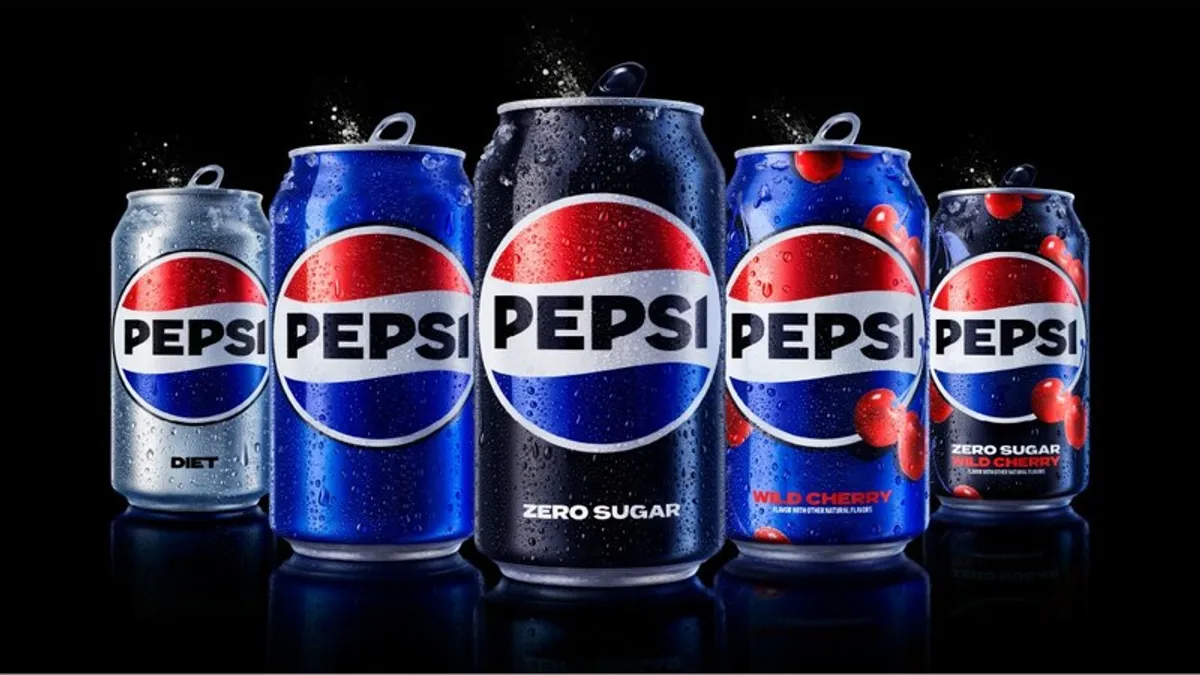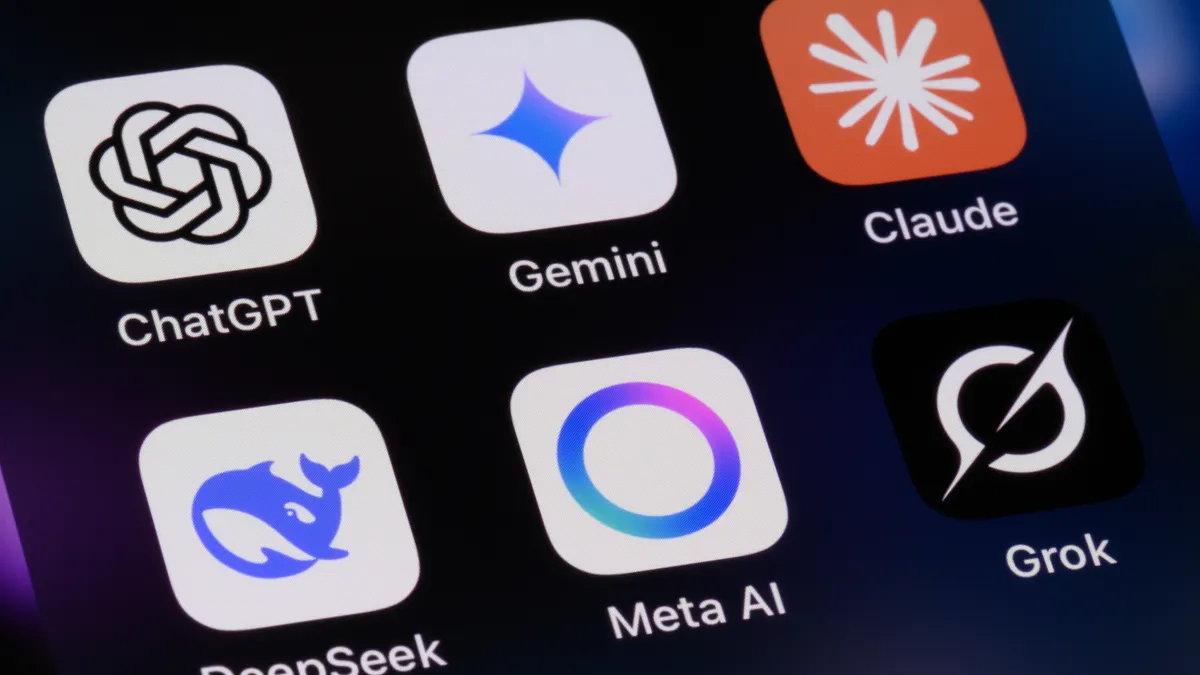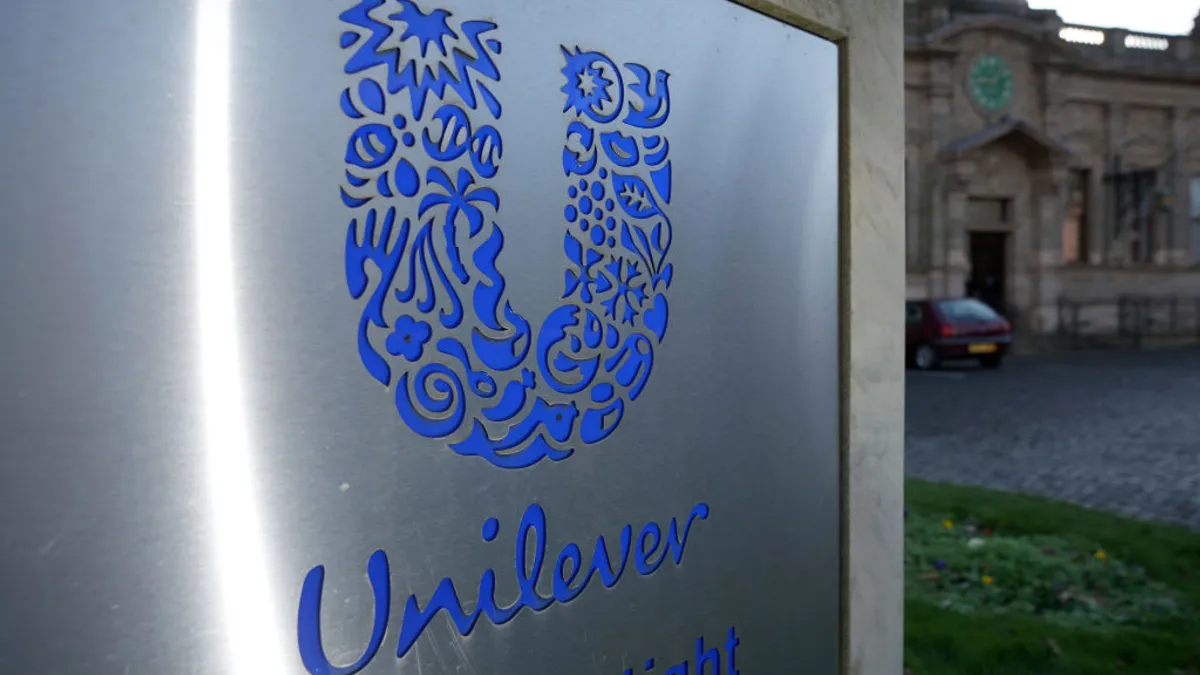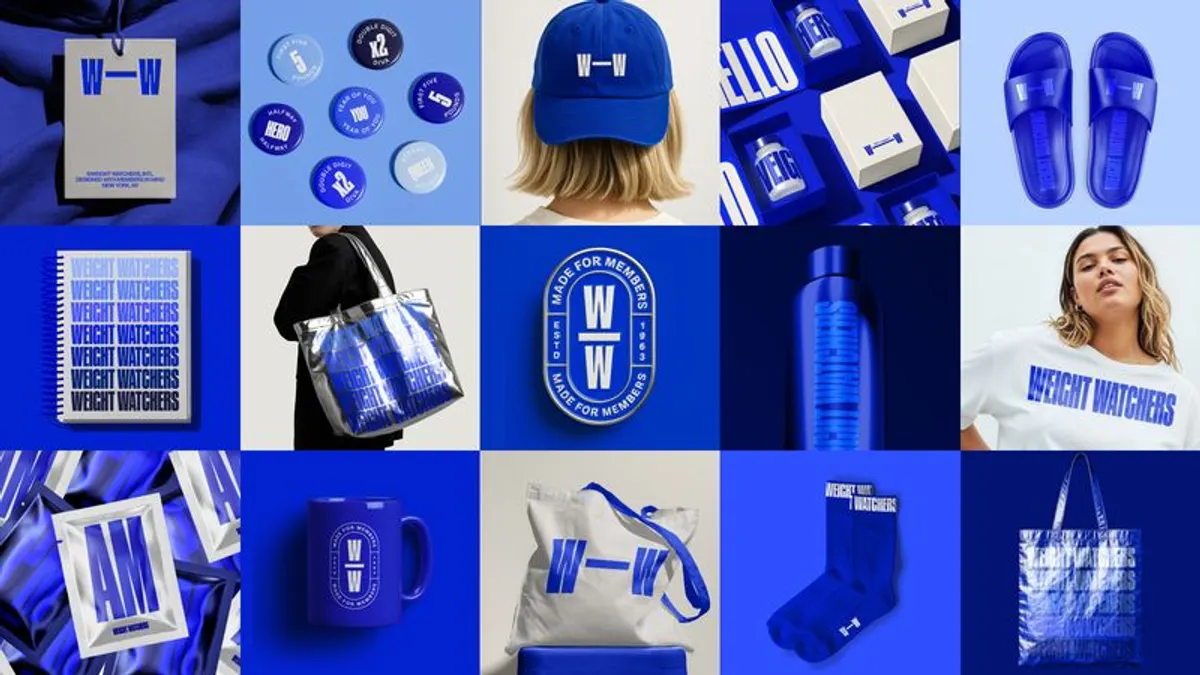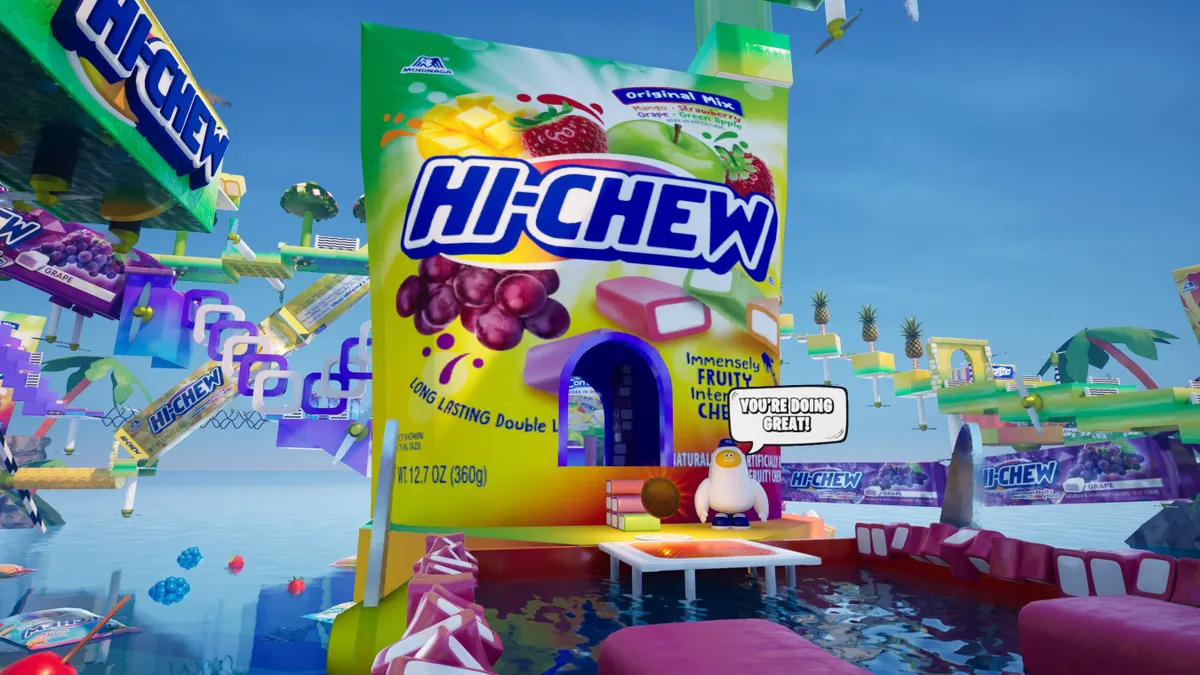Pepsi is introducing the first dedicated campaign for its Wild Cherry variant in three years with an eye on millennials who are finally settling down and living the realities of “adulting,” a term they once ironically used to deride everyday activities like paying bills and grocery shopping. Called “Get Wild,” the effort recognizes that what qualifies as “wild” for the cohort today is very different than in the 2000s and 2010s, when millennials were often scolded for “killing” a variety of industries — including soda.
“Their lives look different now than they did 10-20 years ago, but they still know how to have fun, they still know how to indulge,” said Jenny Danzi, senior director of Pepsi Trademark, herself a millennial. “It’s just that that indulgence looks a little bit tamer these days.”
The campaign comes on the tail of a wide-ranging Pepsi rebrand last year in celebration of the soft drink’s 125th anniversary, which brought a fresh visual identity to Wild Cherry, such as packaging blanketed with colorful cherries carrying Pepsi-blue stems. The refresh and a new Pepsi pulse motif at the start of commercials are present in “Get Wild,” which also carries over mainstay tactics for the brand, such as nostalgic references to popular music.
One spot, “Nursery Rhymez,” depicts a pair of new parents spontaneously breaking out into Lil Jon and The East Side Boyz’ party-themed 2002 single “Get Low” while trying to stay quiet enough so as not to wake their baby. Another, “#1 Fan,” follows the intense pre-game ritual of a sports fan set to the driving rhythm of Survivor’s “Eye of the Tiger” only to reveal his over-the-top antics are for a youth flag football game his child is competing in.
The ads, which were helmed by director Kate Hollowell and her women-led production house Epoch Films, are live on YouTube now and will debut on national TV as part of NFL Wild Card Weekend starting Jan. 13. Pepsi Wild Cherry is also catering to millennials’ digital habits with media buys on social, podcasts and mobile gaming. Partners include Barstool Sports, Betches, the popular “Call Her Daddy” podcast and Candy Crush Saga.
Winning over millennial women
Pepsi Wild Cherry is trying to court favor with a consumer set that has risen to become key sales drivers for flavored cola. Millennial women express a particularly strong preference for the category, the brand said.
“Within these millennial households that are driving this potential growth, they do skew female,” said Danzi. “It’s both women shopping for themselves, and women tend to be the purchaser for the household.”
“Get Wild” puts a spotlight on women-owned and -targeted media, including through the Betches partnership, “Call Her Daddy” advertising play and behind-the-scenes work from Epoch Films. VaynerMedia helped develop the campaign.
At the same time, “Get Wild” is meant to carry broad appeal, rolling out in earnest around NFL Wild Card Weekend (Pepsi is a sponsor of the football league). Danzi declined to share if there are any Super Bowl plans around the initiative but noted that Pepsi Wild Cherry will remain active in marketing throughout Q1.
“The beauty of finding a real human insight, even if it’s built from one small segment, is that it tends to resonate across demographics and transcend audiences,” said Danzi. “[The ads] might’ve been built with one specific demographic at its heart, but Pepsi is always for everyone and we’re finding that this campaign is, too.”
Driving sampling
Pepsi is also making its zero-sugar products a North Star as more consumers gravitate toward better-for-you beverage options. The company reformulated its zero-sugar drinks, including Wild Cherry, last year and promoted the changes in a Super Bowl ad.
Starting with the Wild Card Weekend, consumers can text “WILDCHERRY” to 81234 to get a free Pepsi Wild Cherry. The brand since late December has also been running a retail component where shoppers who scan Wild Cherry displays at select retailers can enter for a chance to win an expenses-paid trip to the 2025 Wild Card Weekend. The promotion to date has drawn “tens of thousands of participants,” according to Danzi, though the executive did not share specific figures.


